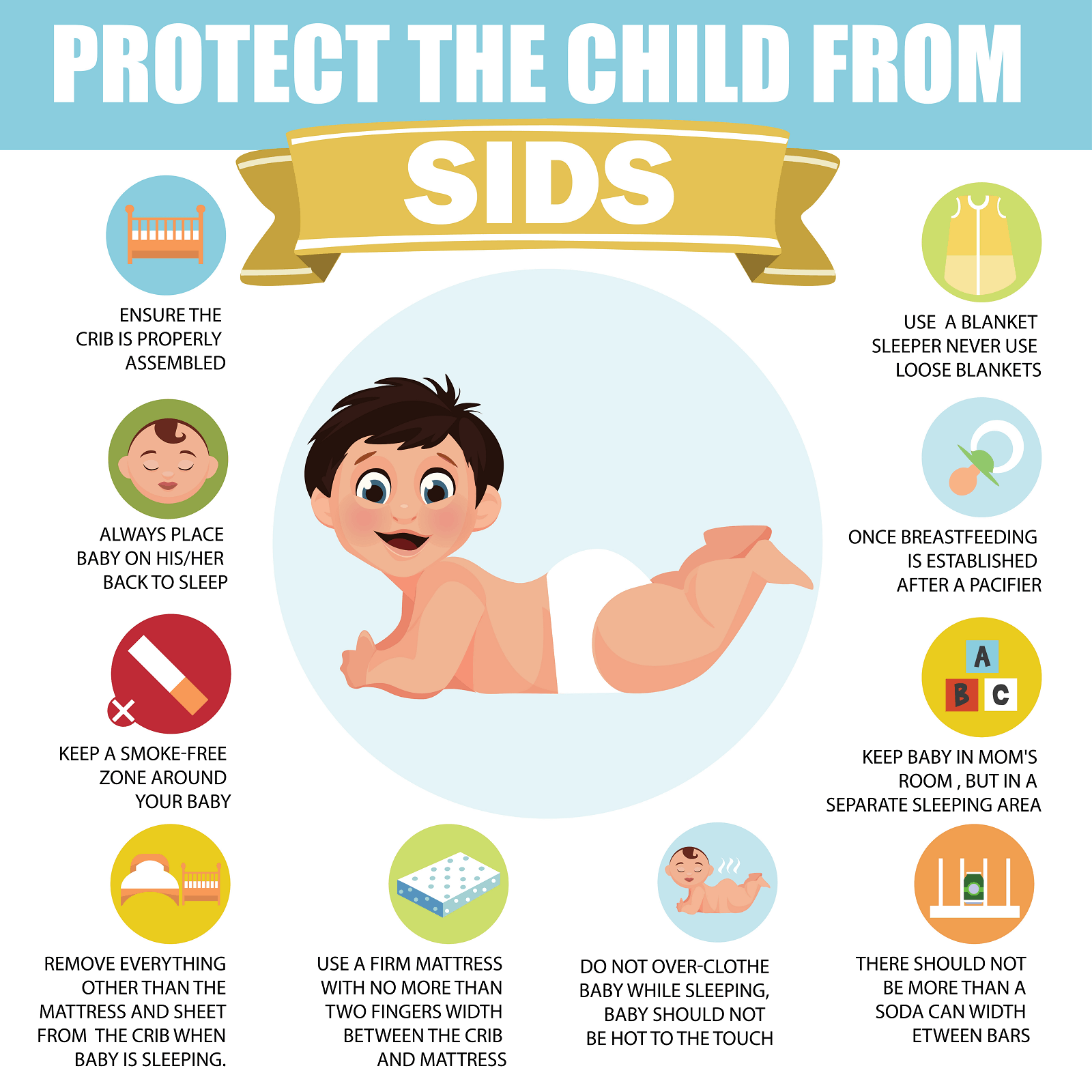[su_divider top=”no” style=”double” divider_color=”#952524″ link_color=”#952524″ size=”2″ margin=”10″]
What is sudden infant death syndrome? What are the causes? What are sign and symptoms? How can it be diagnosed early? How can it be prevented? All of this answered, in this post and of course our doctors always there to help you. Just fill in your details in the form down below and we will answer all your questions for FREE!
[su_divider top=”no” style=”double” divider_color=”#952524″ link_color=”#952524″ size=”2″ margin=”10″]
[sc name=”query”]

What is Sudden infant death syndrome (SIDS)?
Sudden infant death syndrome (SIDS) is the sudden unexplained death of a less than a year old seemingly healthy baby, usually during sleep. As the infants often die in their cribs it is also known as crib death.
Although SIDS is rare, it’s the most common cause of death for children between the age of 1 month and 1 year.
Why SIDS occurs?
The Exact cause of SIDS is unknown, but clinicians and researchers are looking at some potential causes. Some of these possible causes being investigated include:
• a form of apnea (sleep disorder in which breathing repeatedly stops and starts)
• brain abnormality in the area that controls breathing, heart rate, blood pressure, temperature, and arousal from sleep.
Also Read: Your Baby’s First Year of Development
There are several physical and sleep environmental factors associated with SIDS.
Physical factors associated with SIDS include:
• Low birth weight.
• Respiratory infection.
Sleep environmental factors associated with SIDS include:
• Sleeping on the stomach or side.
• Sleeping on a soft surface with fluffy blankets or toys
• Sharing a bed with parents, siblings, or pets.
• Being too warm while sleeping
What are the Symptoms of SIDS?
SIDS happens suddenly and unexpectedly to healthy infants and doesn’t have any noticeable symptoms.
Who is at risk for SIDS?
• The most Marked risk factor is laying your baby on their stomach or side to sleep before the age of 1
• Sex- Boys are more likely to die of SIDS.
• Age- Infants between the second and fourth months of life.
• Family history- Babies who’ve had a history of siblings or cousins die of SIDS.
• Second-hand smoke- Smoking around babies can increase their risk of SIDS.
• Being premature as well as low birth weight increases the chances of SIDS.
Maternal risk factors
The mother can also affect her baby’s risk of SIDS during pregnancy if she:
• Is younger than 20
• Smokes cigarettes
• Uses drugs or alcohol
• Has inadequate prenatal care
What is the treatment of SIDS?
There’s no treatment for sudden infant death syndrome.
Can SIDS be prevented?
Currently, there is no way to “prevent” the syndrome from occurring. But you can reduce your baby’s risk of SIDS by:
• putting your baby on his back or side to sleep
• using a firm mattress and keeping fluffy blankets and stuffed animals out of his crib
• not overheating baby or his room during sleep
• not smoking when you are pregnant
• not allowing anyone to smoke around the baby
• breastfeeding, if possible
For more information, you can visit HealthLine and MedicineNet.
Sudden Infant Death Syndrome (SIDS)
[su_divider divider_color=”#952524″ link_color=”#952524″ size=”2″ margin=”10″]
[sc name=”know-your-doctor”]
[sc name=”more-links-diseases”]

